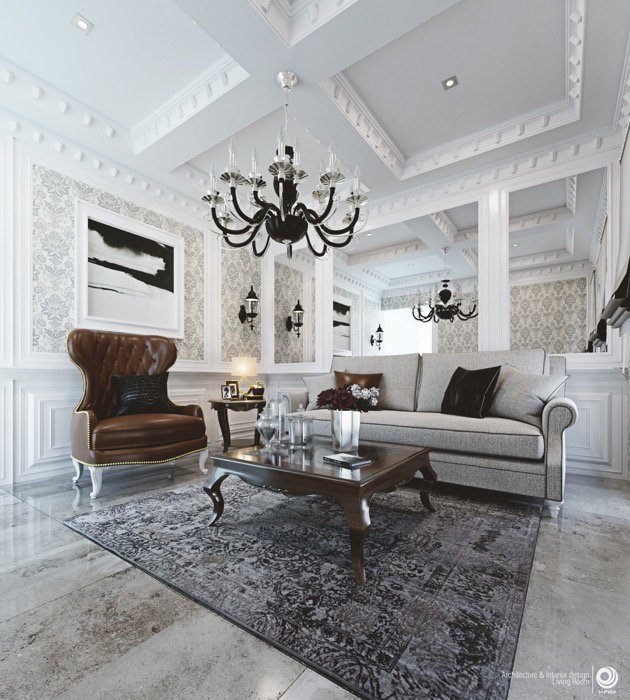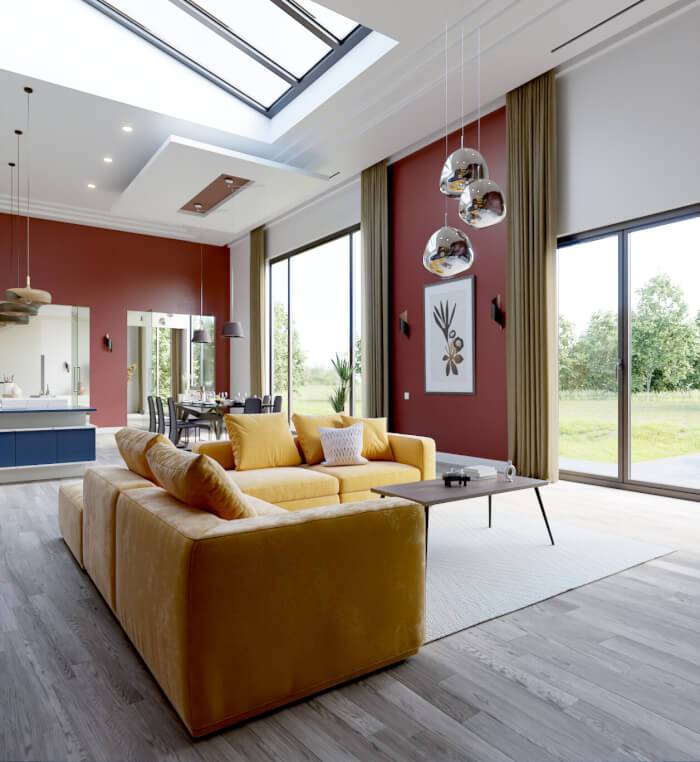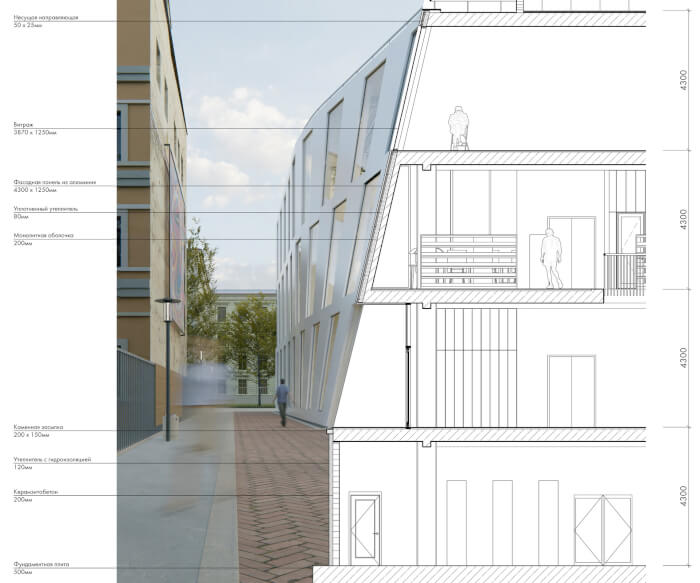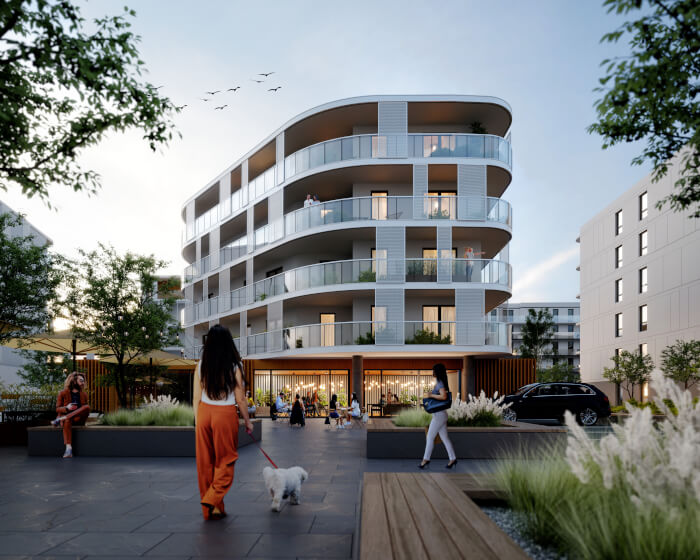
One of the essential elements to designing any architectural project is to orient the building. Find how sunlight will get to the room to either heat the room in the winter or cool it down for the summer.
But, for architectural render, you might skip the sun studies if it doesn’t contribute the visualization.
Like this beautiful interior from artist Rio Suryonugroho called White Living. He posted the project at the BlenderArtists forums.

According to the artist description of the project, the light setup is relatively simple, and he only uses an HDRI map for the environment and area lights in each window. As you will notice from the overall look of the scene, there is no direct sunlight.
The setup will create an effect similar to an overcast sky.
Besides an area light for each window, the artist also uses a portal for each opening. What is a portal? That is an area light that will work as a guide for Cycles. Using a portal will help Cycles identify the areas where most of the environment light will come into the scene.
By placing portals on windows for a scene that has an HDRI as the primary light source, you will get faster render times. Because Cycles won’t have to “find†how to get light to the room, you are pointing the way.





Great work on the render, what’s the cameras focal length?
seems like the render has a bit of noise. but a great lesson